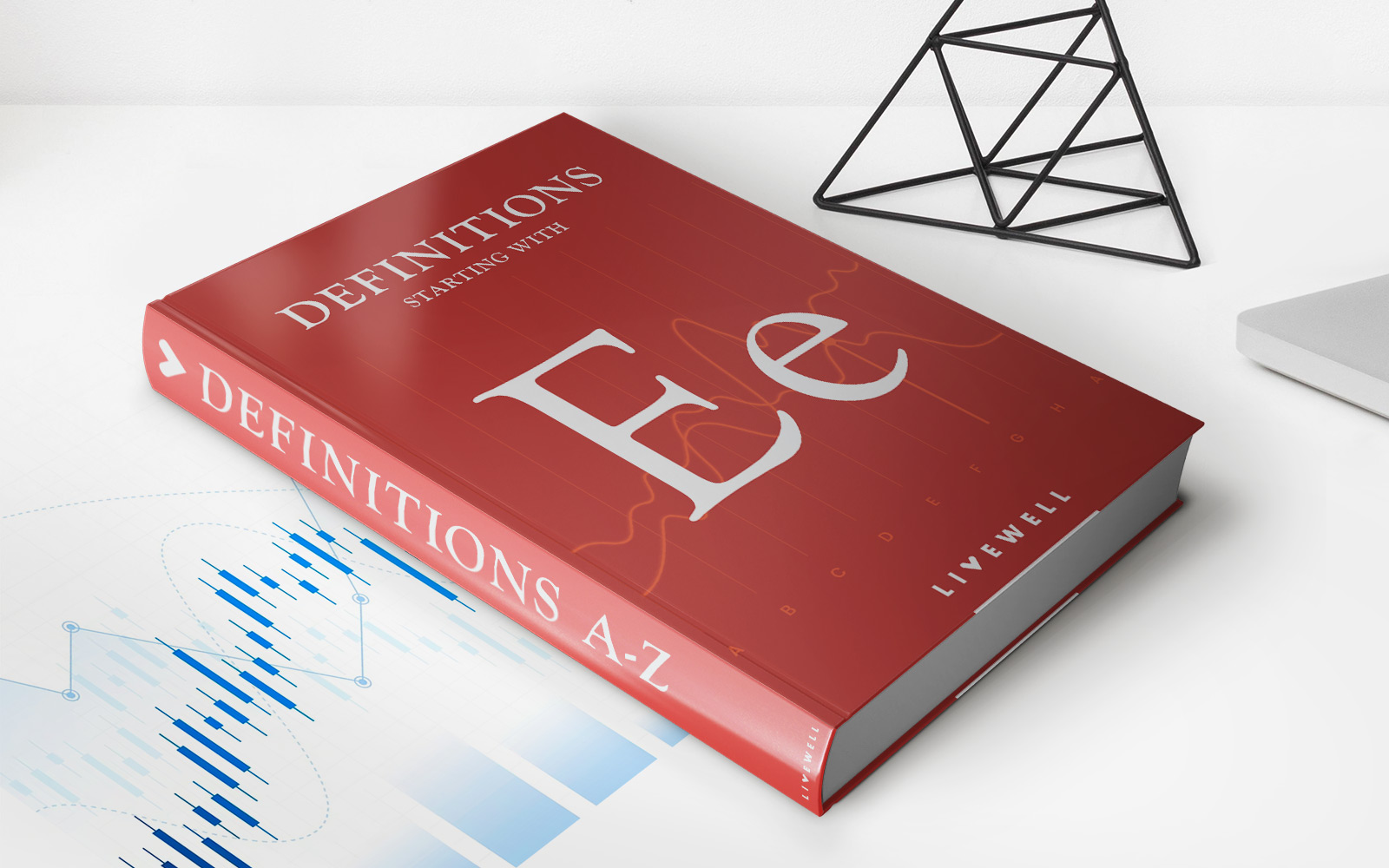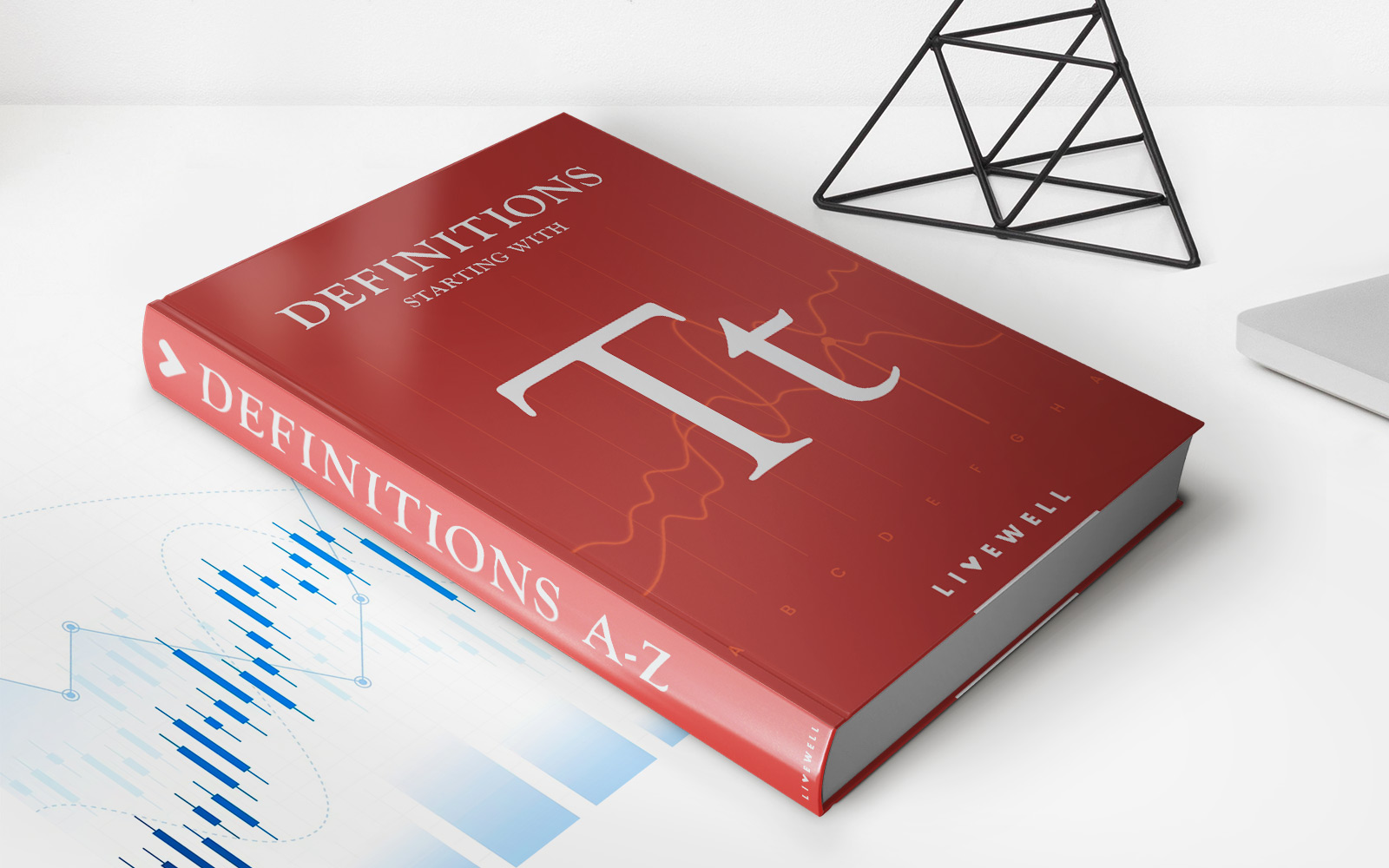Home>Finance>Enterprise-Value-to-Revenue Multiple (EV/R): Definition


Finance
Enterprise-Value-to-Revenue Multiple (EV/R): Definition
Published: November 18, 2023
Learn the definition of Enterprise-Value-to-Revenue Multiple (EV/R) in finance and how it can help evaluate a company's performance and valuation.
(Many of the links in this article redirect to a specific reviewed product. Your purchase of these products through affiliate links helps to generate commission for LiveWell, at no extra cost. Learn more)
Understanding the Enterprise-Value-to-Revenue Multiple (EV/R): Definition and Importance in Finance
When it comes to evaluating the financial health and performance of a company, there are various metrics and ratios that investors and analysts rely on. One such important metric is the Enterprise-Value-to-Revenue Multiple (EV/R). In this blog post, we will dive into the definition of EV/R and explore its importance in the world of finance.
Key Takeaways:
- Enterprise-Value-to-Revenue Multiple (EV/R) is a financial ratio that measures the valuation of a company relative to its revenue.
- EV/R is useful for comparing companies in the same industry and can provide insights into their growth potential and future prospects.
So, what exactly is the Enterprise-Value-to-Revenue Multiple (EV/R)? In simple terms, EV/R is a financial ratio that measures the valuation of a company relative to its revenue. It is calculated by dividing the enterprise value (EV) of a company by its total revenue. The resulting multiple indicates how much investors are willing to pay for each dollar of revenue generated by the company.
EV/R is particularly useful when comparing companies within the same industry. It provides insights into the market’s perception of a company’s growth potential and its ability to generate revenue. A higher EV/R multiple suggests that investors have high expectations for the company’s future profitability, while a lower multiple may indicate undervaluation or slower growth prospects.
Investors and analysts often use EV/R as a valuation tool to gauge a company’s attractiveness as an investment opportunity. By comparing the EV/R multiples of different companies, they can identify potential outliers and uncover investment opportunities. However, it is important to consider other factors such as company size, market conditions, and industry dynamics when interpreting EV/R ratios.
It’s worth noting that EV/R is just one of many financial metrics used in the evaluation of a company. Other metrics such as price-to-earnings ratio (P/E), price-to-sales ratio (P/S), and return on equity (ROE) are also commonly used to assess a company’s financial health and performance.
In conclusion, the Enterprise-Value-to-Revenue Multiple (EV/R) is a valuable financial ratio that provides insights into a company’s valuation relative to its revenue. By comparing EV/R multiples of companies within the same industry, investors and analysts can identify potential investment opportunities and make informed decisions. However, it is important to consider EV/R in conjunction with other financial metrics and factors to get a comprehensive understanding of a company’s financial health.














